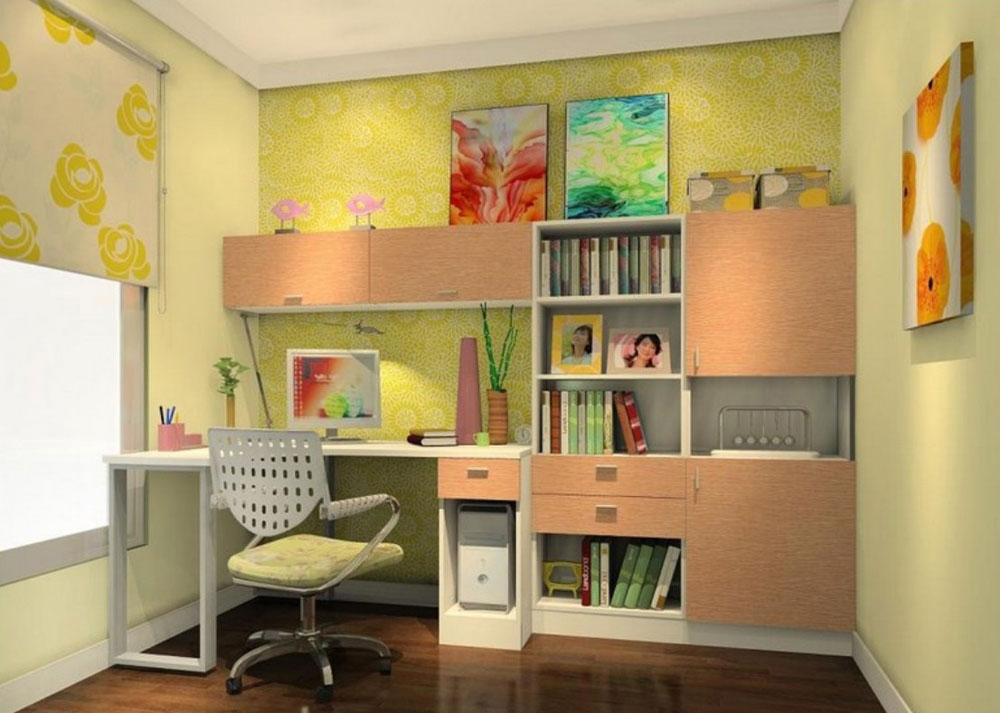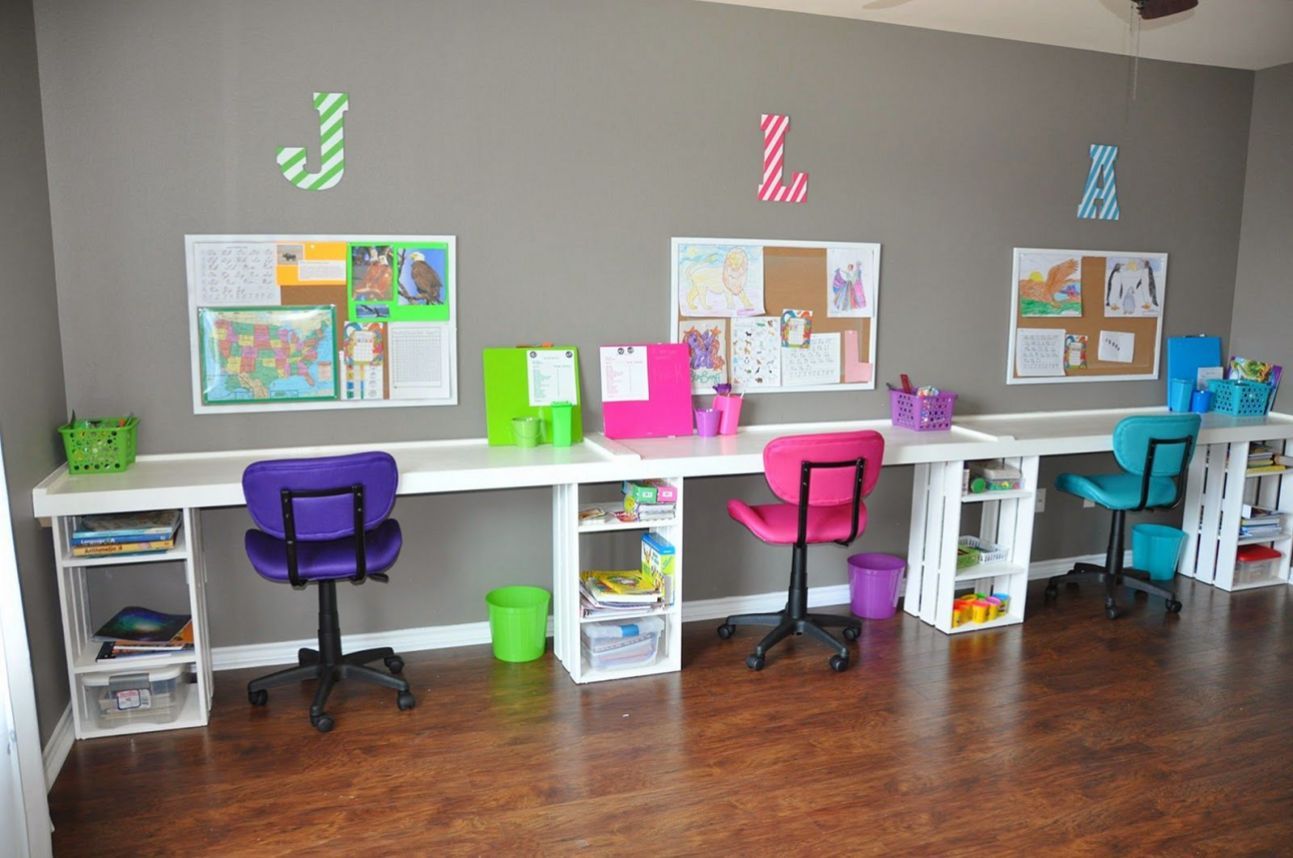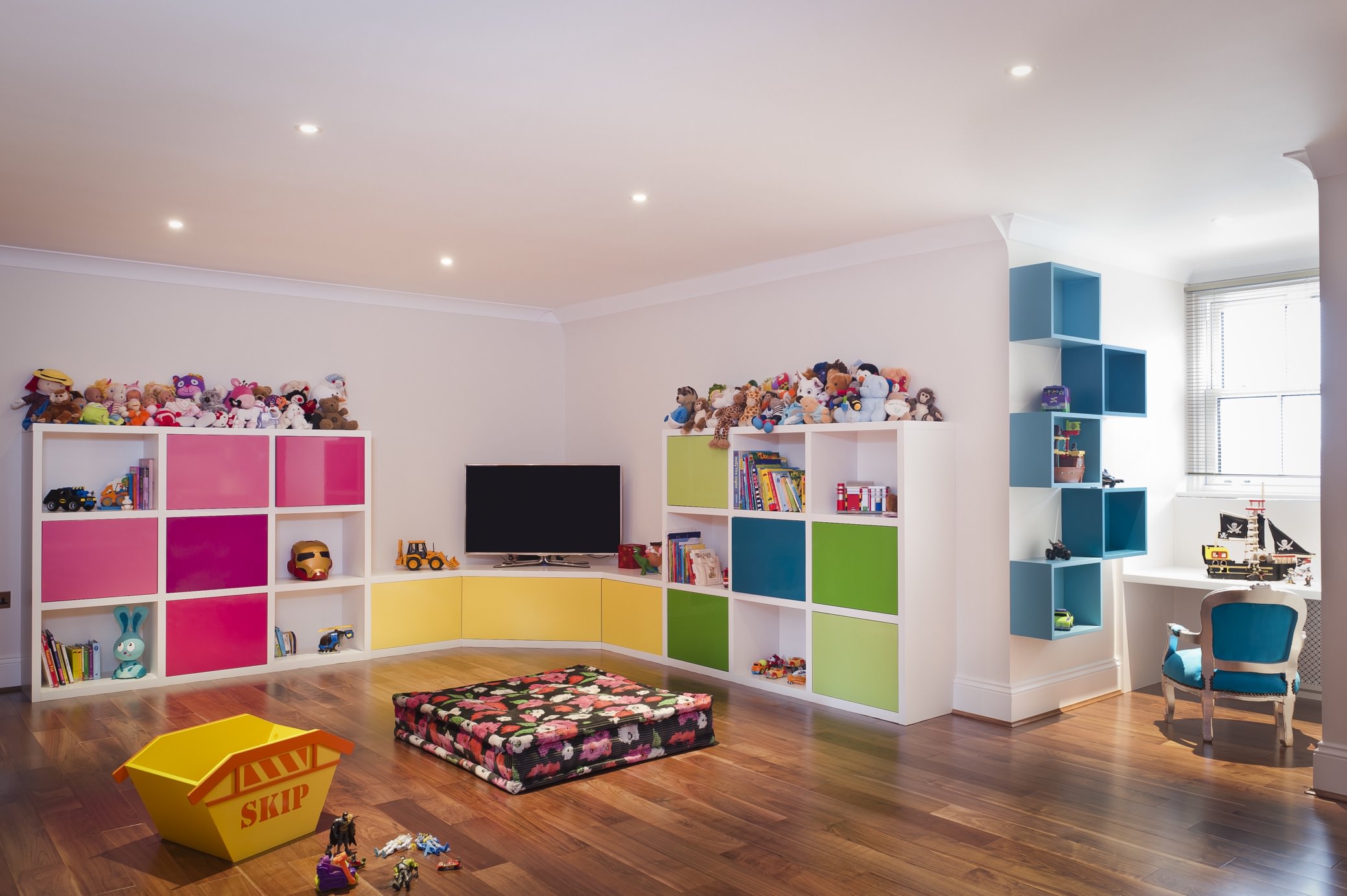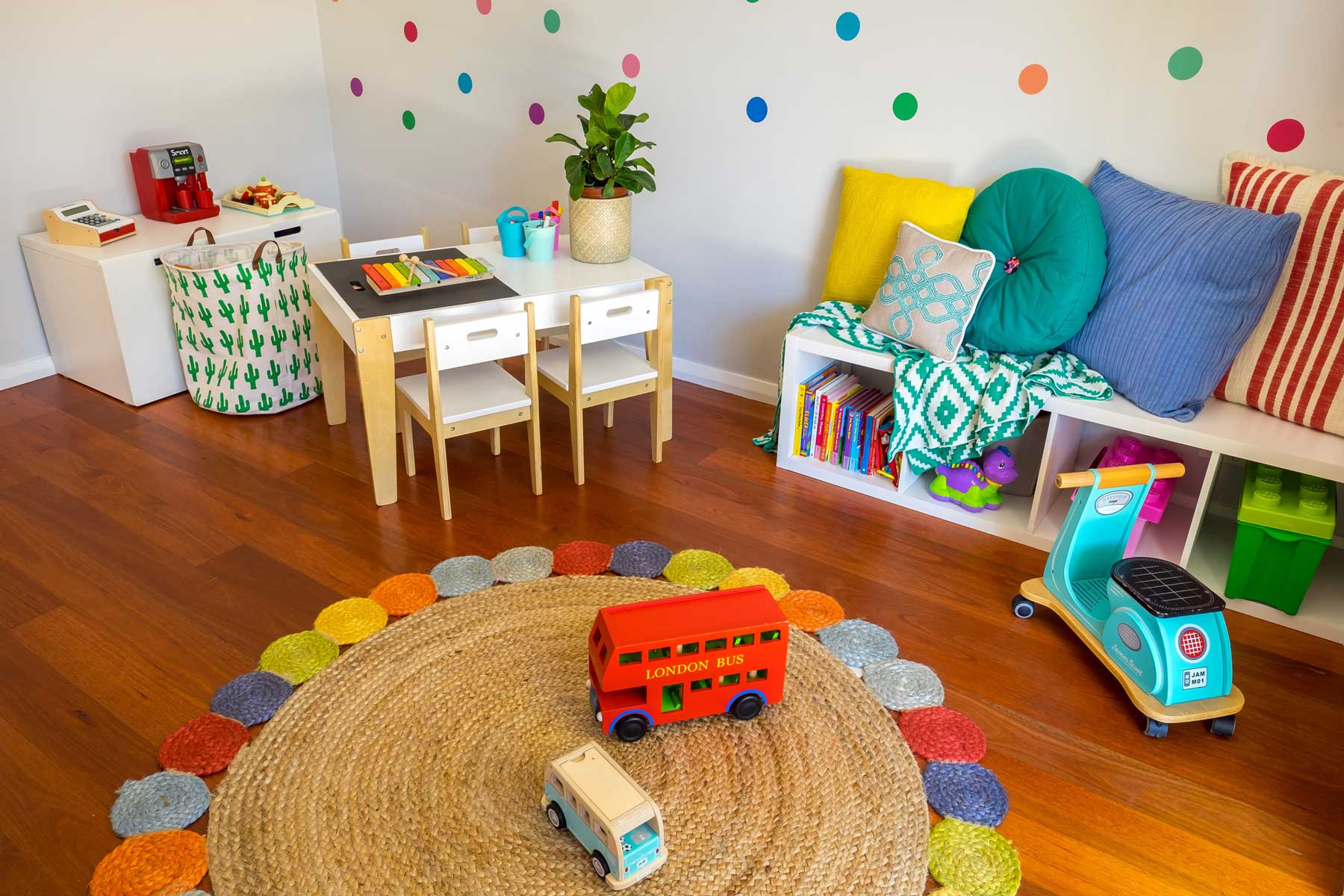
In this day and age, learning does not simply stop in the classroom. With plenty of avenues for learning to continue, even at home, more and more parents are aiming to create a space that is not only conducive but encourages their children to indulge in extracurricular learning.
Designing a study space for kids involves creating an environment that is not only functional but also inspires learning. Here are five interior design tips for a kid-friendly study space:
Bright and Playful Colours:
For parents who are looking to ease their children into having their own designated space for studying, one good way to bridge the gap would be to use bright and playful colours.
The use of a vibrant colour palette helps to make the study space lively and engaging.
Consider incorporating colours like blues, greens, and yellows to stimulate creativity and energy.
Dark colours might be boring to children, especially the younger ones. By using bright and engaging colours in their learning spaces, your young ones with associate learning with something fun and enjoyable, fostering a positive attitude towards their learning journey in the years to come.
You don’t have to limit your experimentation to just wall colourings! You can even play around with colourful and adaptable furniture, which can grow and change with your child to suit their needs.
Having items in their study area besides books that also facilitate other types of learning, like sensory play items or other educational toys, might act as a further incentive for your young ones to enjoy their learning journey.
Functional and Age-Appropriate Furniture:
Another way to increase the appeal of the study space for your child is to ensure that it is comfortable and spacious enough to suit their needs.
For starters, you can choose furniture that is suitable for your child’s age and size. Opt for a desk and chair that can be adjusted as your child grows to ensure proper ergonomics. Not only does this encourage good posture for your child, but investing in a desk that can grow with them can help you to save some money in the long run.
To keep the space clear from clutter and appealing for your child to spend time in, include storage solutions such as bins, baskets, and shelves to help keep books, supplies, and toys organized. Functional furniture allows for a versatile and tidy study area.

Interactive and Educational Decor:
Decorate the space with educational and interactive elements. Choose items that not only function as decoration, but can be customised by your child, allowing them to feel some ownership over their space.
Consider a wall-mounted whiteboard or chalkboard for drawing and note-taking. When not in use by your child, you can use it to highlight daily tasks, or issue reminders for other members of the household that might be using the space as well.
Another interesting option might be a world map. Not only is it more space-saving than a globe, but it might also help to spark interest in geography.
Integrate decor that aligns with your child’s interests, such as themed posters, educational artwork, or wall decals featuring your favourite subjects or characters.

Ample Natural Light and Task Lighting:
Position the study space near a window to maximize natural light. Natural light is known to improve mood and concentration.
Add task lighting with fun and age-appropriate desk lamps to ensure proper illumination for focused tasks. A desk lamp can be very helpful for reading after daylight hours and is a great way to unconsciously take care of eye health when reading or studying.
Consider whimsical or themed lighting fixtures that add a playful touch to the room. Lights that change colour might also be helpful, as the different colours can help to transform the room during imagination play for an added touch of immersiveness.
Flexible and Inspiring Layout:
Create a flexible layout that accommodates various study and play activities. Arrange furniture in a way that allows for easy movement and encourages exploration.
Younger children benefit more from a flexible learning space that allows them to move around, and use their imagination. Having ample floor space allows for an additional avenue of movement-based learning like music and movement sessions or a place to practise dance moves learned in their various extracurriculars.
Include comfortable seating options like bean bags or floor cushions for more relaxed reading or creative activities. Ensuring that their learning space is comfortable and adaptable to their various activities will encourage them to spend more time in their study area.

It might be a good idea to involve your child in the design process, taking their preferences and interests into account.
Creating a study space that reflects their personality can make it a more enjoyable environment for learning and creativity.
